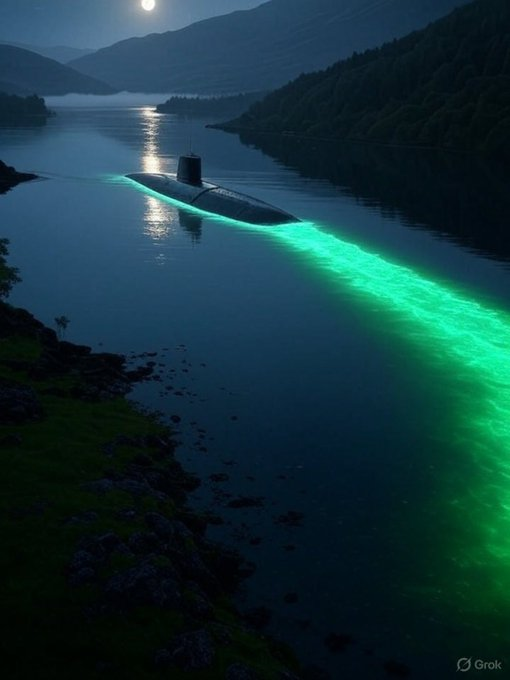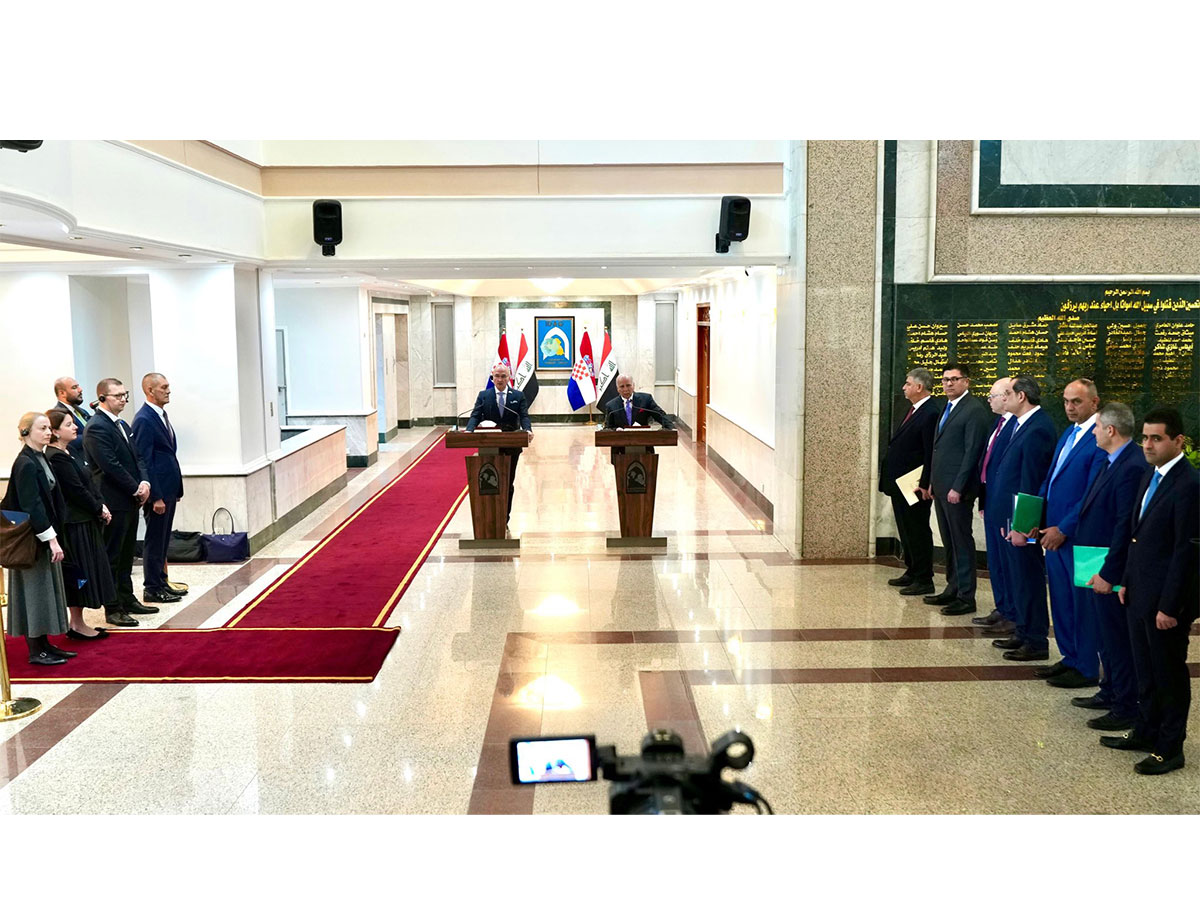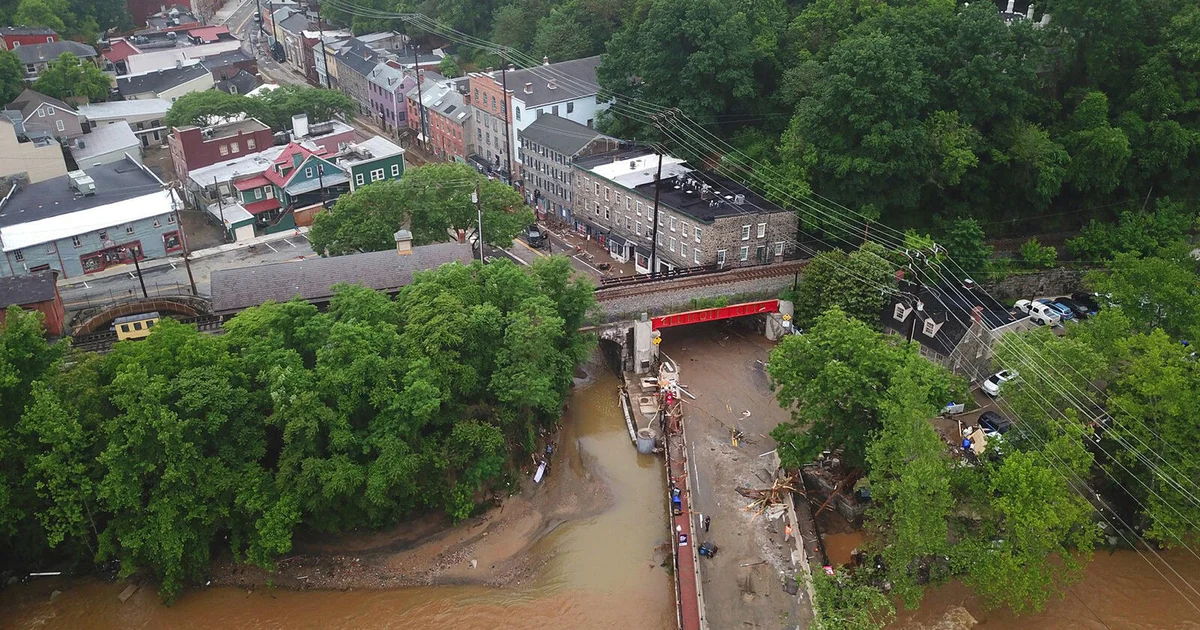Copyright talkingupscotlandtwo

Yes, there is documented evidence, primarily from investigative journalism and Freedom of Information (FoI) disclosures, indicating that the UK Ministry of Defence (MoD) has exerted pressure on the Scottish Environment Protection Agency (SEPA) to withhold or limit the release of information about radioactive pollution linked to nuclear submarine operations at HM Naval Base Clyde (Faslane and Coulport). This pressure appears aimed at protecting the MoD’s reputation and national security claims, rather than directly coercing regulatory compliance decisions. However, SEPA’s limited statutory powers over military sites—due to Crown exemptions—have historically allowed the MoD significant leeway, leading to voluntary agreements that campaigners and former regulators describe as insufficient.The pollution in question primarily involves low-level radioactive leaks (e.g., tritium and cobalt-60) from ageing submarine reactors, waste handling, and pipe failures at Faslane (the submarine base) and Coulport (the warhead storage facility). These incidents have occurred repeatedly since the 1990s, with at least 40 acknowledged leaks at Faslane over three decades, including nine from submarines between 1997 and 2009. Recent reports (up to 2025) highlight ongoing issues, such as pipe bursts causing “unnecessary radioactive waste” discharges into Loch Long and Gare Loch.Key Instances of Pressure and InfluenceThe following table summarizes the main evidence from credible sources, focusing on MoD-SEPA interactions related to nuclear submarine pollution



